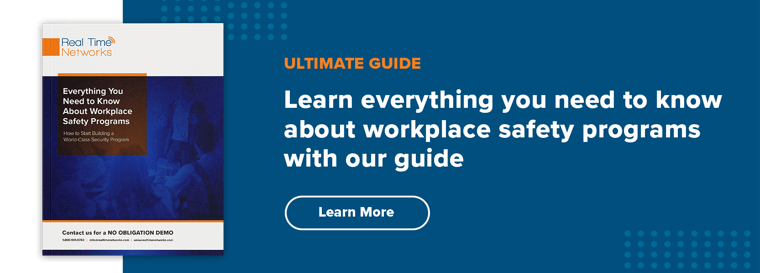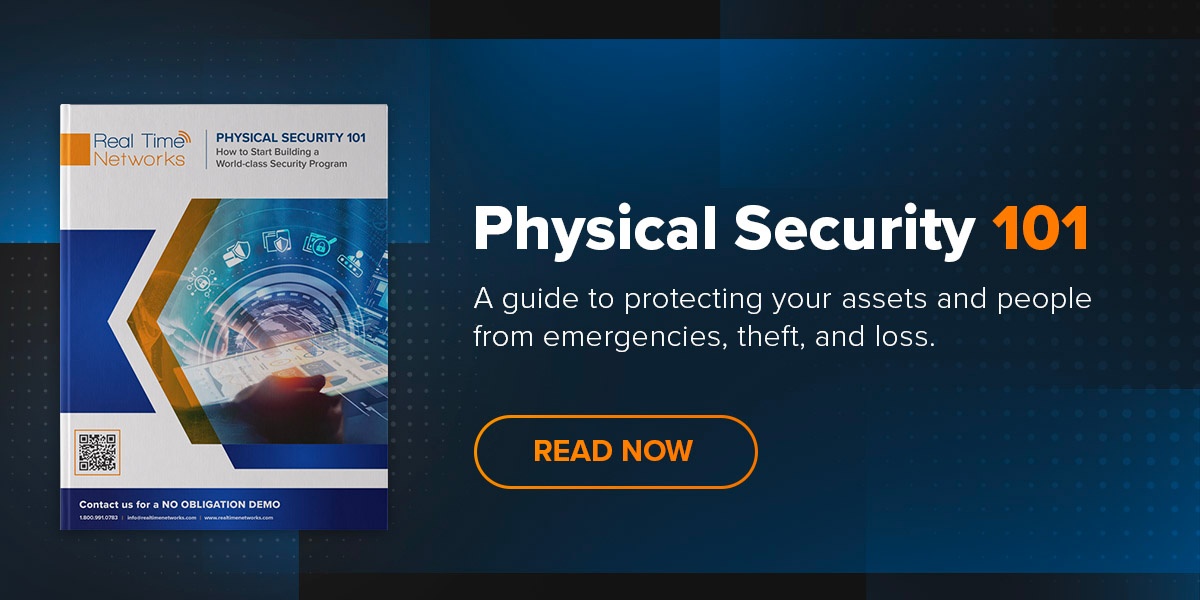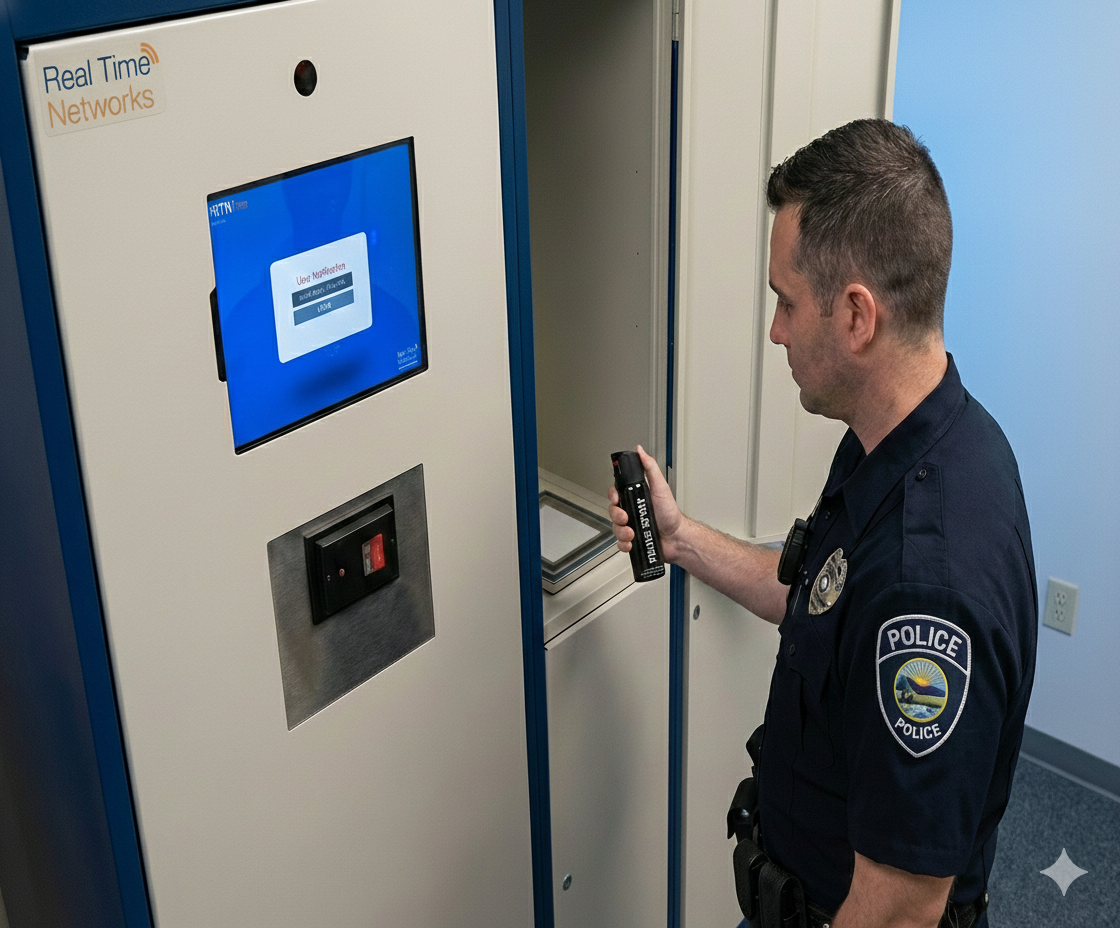By Jay Palter | October 16, 2020
Your best defense against natural and man-made disasters is a reliable emergency evacuation plan. There is no way to predict every detail of every possible emergency that your business might face. An evacuation plan that is comprehensive yet flexible is the most effective way to save lives and help return your business to normal operations as fast as possible.
Emergency Evacuation Planning: The Importance of It and What’s at Stake
The safety of your employees is your first priority during a workplace emergency, but their safety is just one of your many concerns. You are also responsible for protecting the financial future of your company. After a disaster strikes, it is critical to restore normal operations as soon as it is safe, in order to maintain revenue.
Emergency planning can protect your company’s finances. Federal regulations require many businesses to maintain certain levels of emergency planning to avoid fines and other penalties. In the countries where Real Time Networks operates, these standards are enforced by:
- The Occupational Health & Safety Administration (OSHA) in the United States
- The Canadian Centre for Occupational Health and Safety (CCOHS) in Canada
- The Health & Safety Executive (HSE) in the United Kingdom
Emergency planning can be time-consuming and seem expensive to maintain, but it is worthwhile. Federal studies have found that every $1 invested in emergency planning can prevent up to $4 in future losses.

What makes an emergency evacuation plan effective?
8 Tips for Better Emergency Evacuation Planning
No matter whether you’re a small brick-and-mortar store or a growing multinational corporation, good emergency evacuation planning is good business. Here are a few things you can do to better prepare your company for workplace evacuations.
1. Create an Overall Emergency Action Plan (EAP)
The best way to figure out how to handle evacuations is to, first, take a step back. Evacuations will be most successful when their procedures are developed as part of your business’s comprehensive emergency action plan.
(OSHA offers a wonderfully detailed PDF guide on workplace emergency planning that is an excellent place to start.)
The purpose of an EAP is to organize every emergency action an organization takes before, during, and after a workplace emergency. This includes everything from training, to defining how an emergency is declared, to evacuation procedures, through restoration procedures. A well-developed EAP will reduce injuries and death, as well as reduce damage to business infrastructure.
2. Coordinate with Emergency Services
Include representatives from local law enforcement, fire, and emergency medical services in your planning process. They have a vested interest in how your organization responds to emergencies.
When you include these representatives early in your planning process, they can provide input on how you should conduct your evacuations. They will know best what you might have overlooked or what additional steps they want you to take to ensure staff safety.
If your organization is located in a multi-tenant building or in a business park, you may find it useful to coordinate your planning with neighboring companies. You may be able to share some emergency response duties when everyone is affected. At the very least, coordinating plans with neighbors will ensure you’re not going to interfere with each others’ evacuations.
3. Assign Evacuation Routes and Muster Points
Determine the safest evacuation routes for each section of your facility. Think through what the safest routes will be for personnel of all physical capabilities to navigate. Avoid routes that would take employees near hazards. For example, evacuation routes in an industrial facility should avoid flammable storage cabinets.
Identify muster points where personnel should assemble once they have left your building. Assembling staff at designated muster points allows you to conduct roll calls to determine who is safe, who is still at risk in your facility, and who needs first aid.
Place signage throughout your facility identifying these evacuation routes and muster points.
4. Designate an Emergency Response Team
There are many critical duties that need to happen during an emergency. You will want to assign these duties to employees as part of your plan so that they know exactly what needs to happen when an emergency is declared.
Designate an emergency coordinator who will be the single point of contact overseeing all response efforts. This role is usually filled by a senior security or health and safety officer.'
Most businesses have IT and physical infrastructure that requires special shutdown handling. Letting this equipment shut off suddenly during a power outage can cause significant damage or data loss. Assign essential staff to perform all necessary shutdown operations before they evacuate.
Assign floor managers to sweep each location during evacuations to ensure that no one is left behind. These staff will conduct roll calls at muster points to confirm which personnel can be marked safe. They will also be points of contact for emergency services.
5. Have the Right Tools on Hand
Consider whether some or all of your employees will need personal protective equipment to evacuate safely. This may be necessary depending on the types of emergencies your organization is likely to face or depending on the potential hazards in different parts of your facility. Suitable protective equipment could include:
- Hard hats
- Safety glasses
- Ventilators or respirators
- Chemical hoods, suits, gloves, or boots
Given how chaotic even a well-planned evacuation can be, it is worth considering whether an automated mustering and roll call system can take some of this workload off emergency managers. Mustering systems track at-risk personnel through wireless badges during emergencies until they can be automatically marked safe at muster points. This allows emergency managers to focus on first aid and coordinating with first responders.
6. Keep It Simple
Even a small emergency is likely to make your staff anxious. Keep your evacuation procedures clear and concise. Lesser trained staff may need to take over special duties if emergency managers are unavailable or injured. Those other staff will need a simple process to follow.
You can’t document every single variable your personnel will need to be aware of in every possible emergency situation. Trying to do so in an evacuation plan will just overload your staff with too much to remember in a crisis. Instead, focus on defining a few key objectives in your emergency evacuation plan that need to be completed with minimal essential detail.
For most organizations, these essential procedures will be:
- Contacting emergency services
- Shutting down critical infrastructures
- Evacuating personnel to muster points
- Following appropriate evacuation routes to reach those muster points
- Conducting roll call and performing necessary first aid until emergency services arrive
7. Protect Every Individual in Your Facility
Your evacuation plan needs to protect more than just your employees. You’re responsible for any contractors and visitors in your facility, too. Your plan also should consider the needs of emergency service personnel that will arrive.
Your evacuation plan needs to include procedures for helping individuals who might need special assistance. For example, include procedures for assisting people with disabilities, older individuals, or those in poor health with conditions like asthma and injuries that hamper mobility.
8. Conduct Evacuation Drills
New employees should all be trained on your emergency response procedures. You also should conduct annual evacuation drills. Depending on the particular workplace hazards or the natural disasters you’re preparing for, you might want to include local emergency services in your drilling as well.
Drilling helps staff familiarize themselves with evacuation routes. It also helps emergency managers get more comfortable with their special duties. They can identify potential problems with your EAP before an emergency strikes, or reasons it might need to be updated.
During your annual drills, make sure your response team asks:
- Have the threats your organization could face changed in the last year?
- Has anything notable about your local environment changed?
- Are your outdoor muster points all still usable and safe?
Effective Evacuations Are Your Most Powerful Safety Tool
Following these tips will help you develop an efficient and effective emergency evacuation plan. There are many other great resources out there that can help you. In particular, we like the evacuation planning tool developed by OSHA.
Don’t just use online tools, though; human expertise is more important. Your local emergency service providers are well-positioned to advise you. Real Time Networks’ security experts are also available to answer any of your questions about automated emergency mustering systems.
Want to learn how Real Time Networks can help with emergency evacuation planning? Check out our employee safety solutions page today.
Need help solving your toughest physical security problems? Download our guide to learn how to protect your people and assets.
Subscribe to our blog

Jay Palter
Vice President of Marketing & Partnerships






